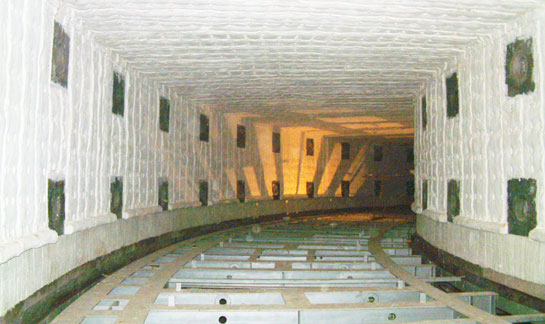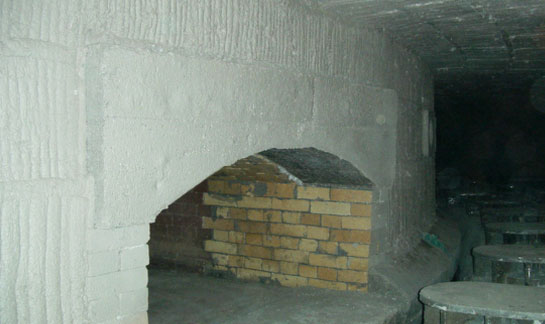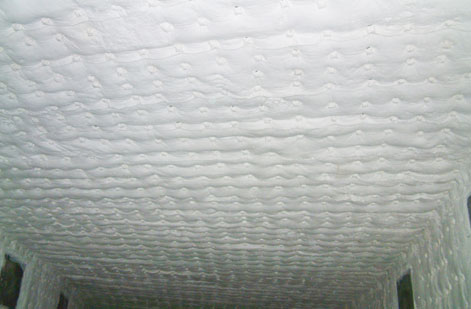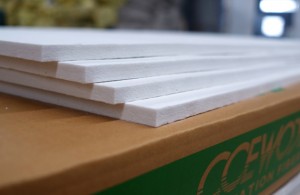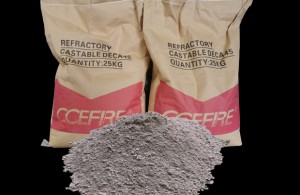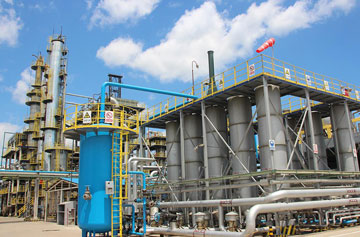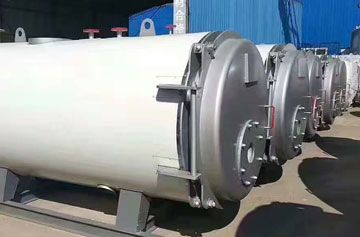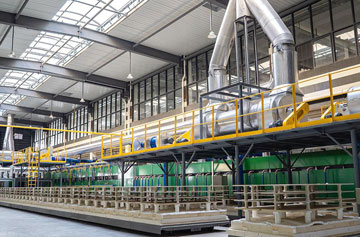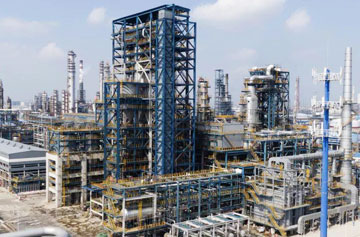Design and Construction of Annular Heating Furnace Renovation
An overview of the annular quenching furnace:
The annular quenching furnace is a kind of continuous operational furnaces with the fuel of mixed gas and the burners arranged in a staggered way on the inner and outer ring walls. It is operated at a typical furnace temperature of around 1000-1100 ℃ in a weak reducing atmosphere under a slightly positive pressure. Before the energy-saving renovation, the lining structure was a refractory brick and heavy castable structure.
This structure has the following problems in its long-term use:
1. The large volume density causes serious deformation on the steel structure of the furnace.
2. The high thermal conductivity of furnace lining leads to poor heat insulation effects and the overheat (up to 150~170℃) on the cold surface of the
furnace body, which is a huge waste of energy and deteriorates the operation environment for workers.
3. It is difficult for furnace lining to overcome the inherent defects of the external expansion on the inner wall and the internal expansion on the
outer wall of annular furnaces.
4. Poor thermal sensitivity brings a certain negative impact to the microcomputer operation of annular furnaces and also affects product quality to some extent.
The advantages of CCEWOOL ceramic fiber products on annular furnaces:
1. Small volume density: the weight of the folding module lining is only 20% of the light heat-resistant lining.
2. Small heat capacity: the heat capacity of ceramic fiber products is only 1/9 of the light heat-resistant lining, reducing the loss of heat conservation
of the furnace lining.
3. Low thermal conductivity: the heat transfer rate of ceramic fiber products is 1/7 of that of the light clay ricks and 1/9 of the light heat-resistant
lining, greatly improving the heat preservation and insulation effects of the furnace lining.
4. Good thermal sensitivity: CCEWOOL ceramic fiber is more suitable for the automatic control of heating furnaces.
High-efficiency and energy-saving design solution for ring heat
The structure of furnace top lining
It adopts a layered-module composite lining structure with CCEWOOL 1260 ceramic fiber blankets for the back lining and CCEWOOL1430 zirconium-containing ceramic fiber modules for the hot surface. The ceramic fiber modules are arranged like "a battalion of soldiers", and the interlayer compensation blanket uses CCEWOOL1430 zirconium-containing ceramic fiber blanket, fixed by U-shaped heat-resistant steel nails.
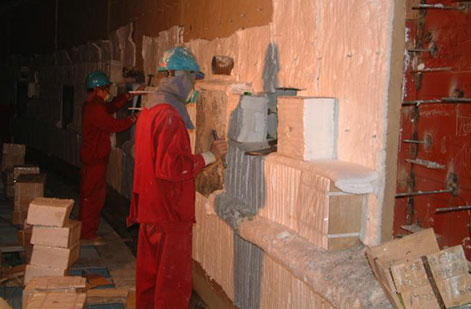
The structure of furnace top lining
It adopts a layered-module composite lining structure with CCEWOOL 1260 ceramic fiber blankets for the back lining and CCEWOOL1430 zirconium-containing ceramic fiber modules for the hot surface. The ceramic fiber modules are arranged like "a battalion of soldiers", and the interlayer compensation blanket uses CCEWOOL1430 zirconium-containing ceramic fiber blanket, fixed by U-shaped heat-resistant steel nails.
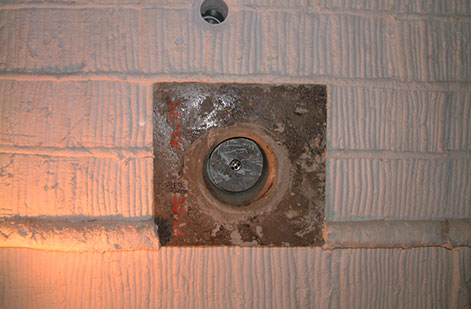
The structure of furnace top lining
It adopts a layered-module composite lining structure with CCEWOOL 1260 ceramic fiber blankets for the back lining and CCEWOOL1430 zirconium-containing ceramic fiber modules for the hot surface. The ceramic fiber modules are arranged like "a battalion of soldiers", and the interlayer compensation blanket uses CCEWOOL1430 zirconium-containing ceramic fiber blanket, fixed by U-shaped heat-resistant steel nails.
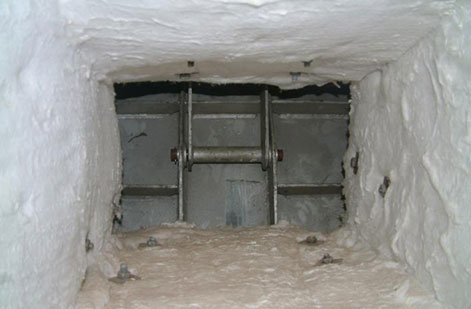
The structure of furnace top lining
It adopts a layered-module composite lining structure with CCEWOOL 1260 ceramic fiber blankets for the back lining and CCEWOOL1430 zirconium-containing ceramic fiber modules for the hot surface. The ceramic fiber modules are arranged like "a battalion of soldiers", and the interlayer compensation blanket uses CCEWOOL1430 zirconium-containing ceramic fiber blanket, fixed by U-shaped heat-resistant steel nails.
Post time: Apr-30-2021


